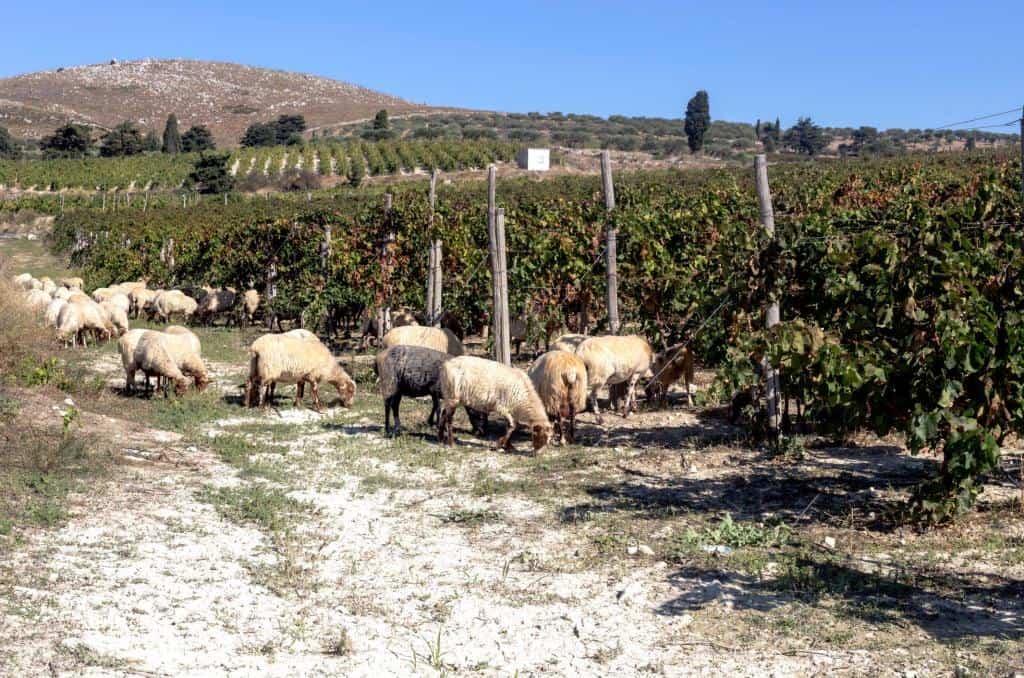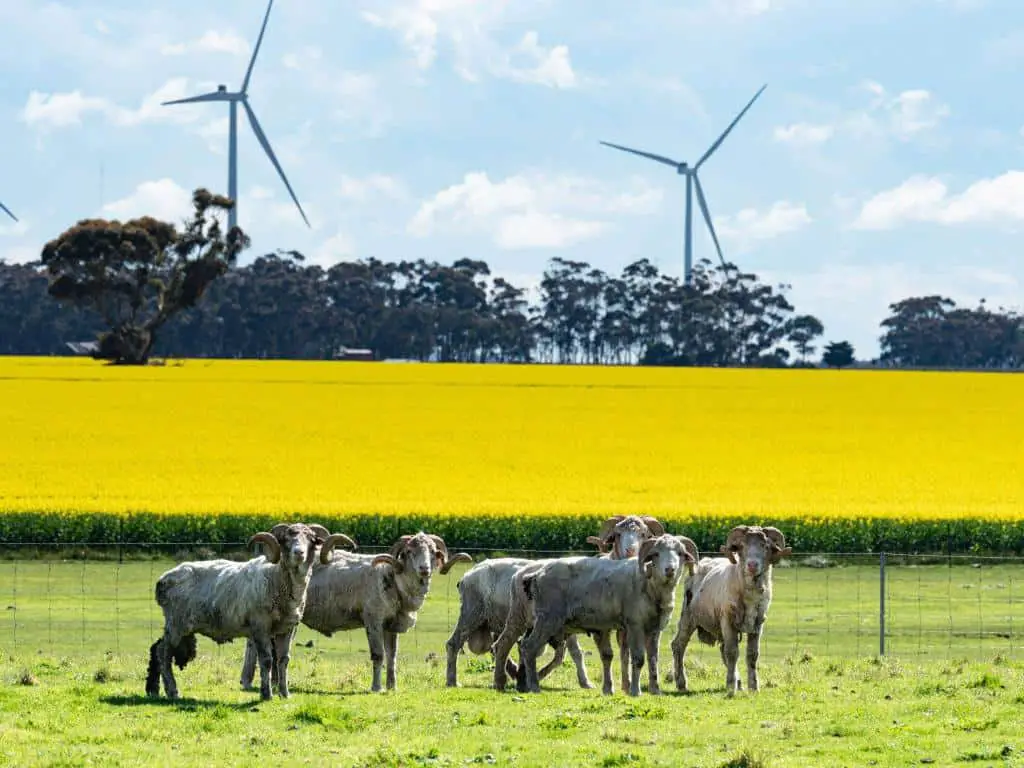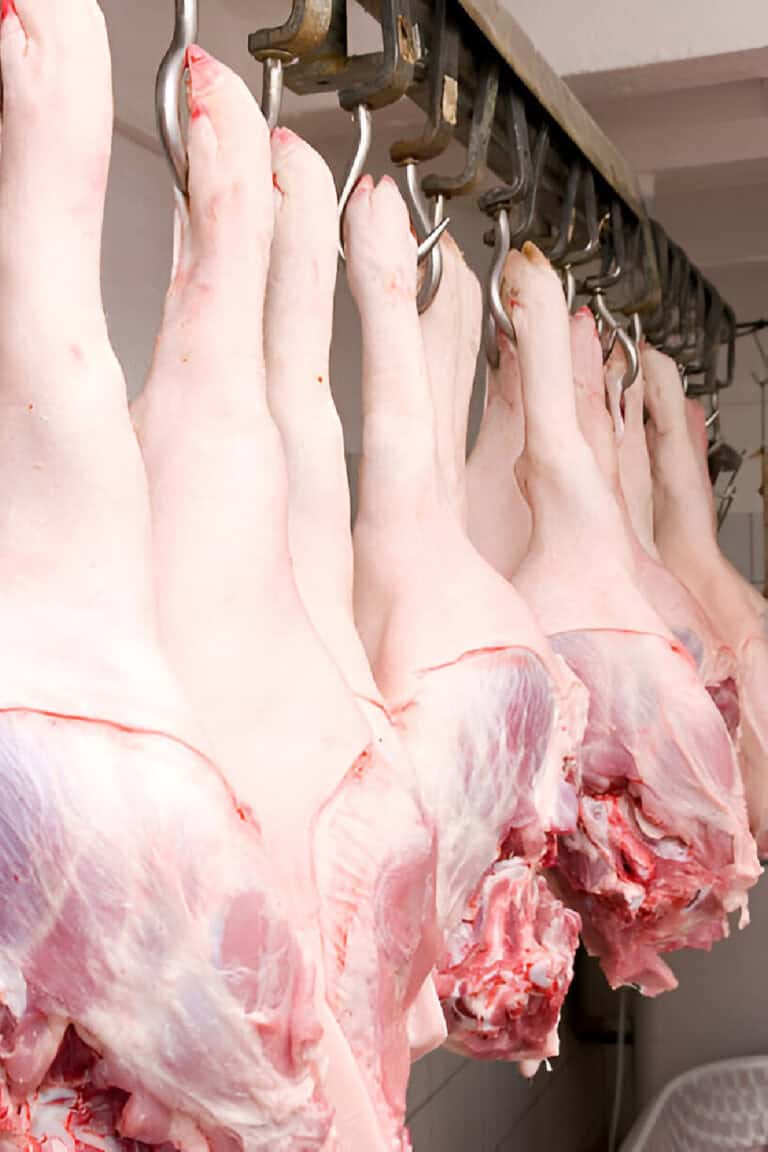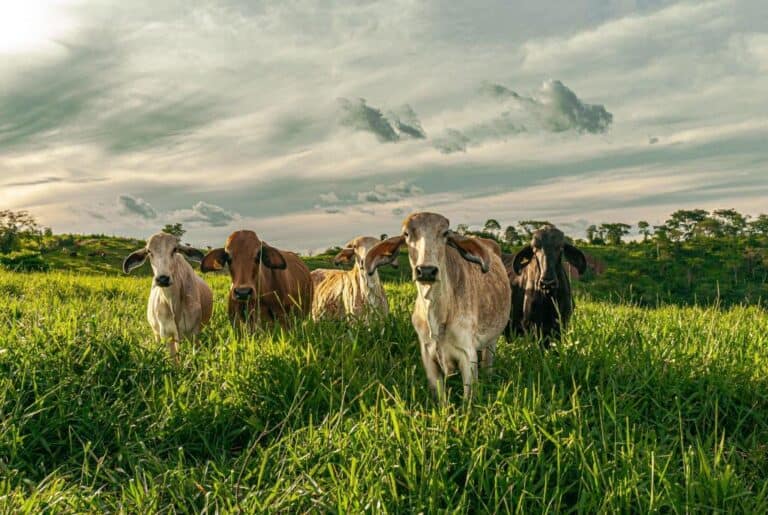Is Mixed Crop and Livestock Farming Commercial or Subsistence?

Imagine a lush farm where rows of vibrant crops flourish under the warm sun, while animals graze peacefully on the fertile land. This harmonious integration of crop cultivation and livestock rearing defines mixed crop and livestock farming, a dynamic agricultural practice that has stood the test of time. But here’s the intriguing question: Is mixed crop and livestock farming a commercial venture aimed at maximizing profits or a subsistence activity focused on meeting the needs of the farming household?
In this article, we embark on a journey to unravel the classification of mixed crop and livestock farming. We will delve into the intricacies of this farming method, examining its commercial aspects where market-oriented strategies, economies of scale, and diversified income streams come into play. Simultaneously, we will explore the subsistence aspects, where self-sufficiency, traditional methods, and limited market integration shape the farming experience.
Join us as we navigate through the realms of mixed crop and livestock farming to discover the nuances that define their place in the agricultural landscape. Let’s shed light on this captivating farming system and understand its diverse nature, bridging the gap between commerce and sustenance.
Understanding Mixed Crop and Livestock Farming
Mixed crop and livestock farming is a farming system that combines crop cultivation and animal husbandry on the same piece of land. It is a dynamic and integrated approach that involves utilizing the symbiotic relationship between crops and livestock to maximize the efficiency and sustainability of agricultural production.
In this system, farmers grow crops such as grains, vegetables, fruits, or fodder for livestock consumption. They also rear animals like cattle, sheep, goats, or poultry for various purposes such as milk, meat, eggs, and manure. The crops and livestock complement each other, creating a mutually beneficial cycle that enhances productivity and economic returns.
It’s important to note that the classification of mixed crop and livestock farming as either commercial or subsistence farming is not fixed and can vary based on the context and individual circumstances. In some cases, farmers may start with subsistence farming and gradually transition to a more commercial approach as they gain access to resources and markets.
Moreover, there can also be variations within the same farming system. For instance, some farmers may engage in both commercial and subsistence activities simultaneously. They might allocate a portion of their land and resources for commercial production while maintaining a smaller subsistence farming operation for personal consumption.
Commercial Aspects of Mixed Crop and Livestock Farming
Mixed crop and livestock farming can be practiced both commercially and on a subsistence scale, but let’s first focus on their commercial aspects.
- Market-Oriented Approach: Commercial mixed crop and livestock farming involves producing agricultural commodities for sale in the market. Farmers aim to generate profit by optimizing their production methods, adopting modern technologies, and targeting consumer demand.
- Economies of Scale: Commercial farmers often operate on larger scales, benefiting from economies of scale. They aim to maximize production and reduce costs by utilizing modern machinery, efficient logistics, and bulk sales.
- Diversified Income Streams: Mixed crop and livestock farming offers commercial farmers multiple income streams. They can sell both crops and livestock products, tapping into different markets and spreading their risks.
- Access to Resources: Commercial farmers have better access to resources such as capital, credit, and modern agricultural inputs. They can invest in high-quality seeds, fertilizers, animal feed, and veterinary services to enhance productivity and profitability.
- Market Linkages: Commercial farmers can establish direct market linkages with buyers, processors, and retailers, ensuring a more efficient supply chain and better market prices.
Subsistence Aspects of Mixed Crop and Livestock Farming
While mixed crop and livestock farming has commercial potential, it is also practiced as a subsistence farming method. Here are some key points highlighting the subsistence aspects:
- Self-Sufficiency: Subsistence farmers primarily focus on producing enough food for their own consumption and the immediate needs of their families. They may have small-scale livestock rearing and grow crops to meet their basic dietary requirements.
- Limited Surplus: Surplus production in subsistence farming is often minimal and not intended for sale. Any excess crops or livestock products may be bartered or used for household needs rather than being commercialized.
- Reliance on Traditional Methods: Subsistence farmers may rely on traditional farming practices, with limited access to modern technologies and resources. Their primary goal is self-sufficiency rather than maximizing profits.
- Small Landholdings: Subsistence farming is commonly practiced on smaller landholdings due to limited resources and land availability. Farmers focus on meeting their immediate needs rather than expanding their operations.
- Low Market Integration: Subsistence farmers may have limited market integration, as they primarily produce for personal consumption. They may not have direct access to markets or the necessary infrastructure to engage in commercial activities.
Pros and Cons of Commercial Mixed Crop and Livestock Farming
Commercialization of mixed crop and livestock farming brings several advantages. It offers increased income potential, economic growth, and improved livelihoods for farmers. Through market-oriented production, commercial farms can meet the demands of consumers and contribute to local and global food supplies.
However, it’s important to balance economic profitability with sustainability and resource management. Commercialization may lead to environmental concerns, such as overuse of inputs, excessive reliance on external resources, and negative impacts on biodiversity and soil health. Therefore, implementing sustainable practices and adopting technologies that prioritize environmental stewardship are vital to mitigate these challenges.
Pros and Cons of Subsistence Mixed Crop and Livestock Farming
Subsistence mixed crop and livestock farming also offers several benefits. It ensures food security and self-sufficiency for farming households, reducing dependence on external markets. By preserving traditional knowledge and cultural practices, subsistence farming contributes to the preservation of local heritage.
One of the main challenges is limited income generation, which can lead to economic vulnerability. Subsistence farmers may also face difficulties in accessing modern inputs and technologies, hindering their productivity and resilience to external shocks.
Factors Influencing Commercialization of Mixed Crop and Livestock Farming
Several factors play a crucial role in determining whether mixed crop and livestock farming is commercial in nature. Access to markets and infrastructure, including transportation and storage facilities, is essential for reaching consumers and achieving profitability.
Availability of capital and credit facilities enables farmers to invest in modern equipment, technologies, and inputs. Technological advancements and mechanization can significantly enhance productivity and facilitate commercialization. Government policies, support programs, and market demand for specific products also influence the commercial viability of mixed crop and livestock farming.
Factors Influencing the Subsistence Nature of Mixed Crop and Livestock Farming

In contrast, the subsistence nature of mixed crop and livestock farming is influenced by different factors. Limited access to markets and infrastructure can restrict farmers to self-consumption and local exchange. The lack of capital and financial resources may hinder investments in modern technologies and inputs necessary for commercialization.
Traditional and cultural practices, as well as local food security concerns, often drive farmers to prioritize subsistence farming. Environmental and geographical constraints can also contribute to the subsistence nature of mixed crop and livestock farming in certain regions.
Conclusion
Mixed crop and livestock farming can be both commercial and subsistence, depending on the goals and circumstances of the farmers. Commercial mixed crop and livestock farming is characterized by a market-oriented approach, economies of scale, diversified income streams, access to resources, and strong market linkages. Farmers aim to generate profit by optimizing production, adopting modern technologies, and targeting consumer demand.
On the other hand, subsistence mixed crop and livestock farming focuses on self-sufficiency and meeting the immediate needs of the farming household. Surplus production is limited and primarily used for personal consumption or bartering within the local community. Subsistence farmers may rely on traditional farming methods, have smaller landholdings, and have limited market integration.
The choice between commercial and subsistence mixed crop and livestock farming depends on factors such as market opportunities, resource availability, the farmer’s goals, and the socio-economic context. Both approaches have their own advantages and challenges. Commercial farming offers the potential for higher profits and market integration but requires significant investments and access to resources. Subsistence farming provides self-sufficiency and food security but may face limitations in terms of income generation and market access.
In conclusion, mixed crop and livestock farming can be practiced both commercially and as a subsistence activity. The distinction between the two lies in the objectives, scale, market orientation, and resource availability of the farmers. Regardless of the approach chosen, mixed crop and livestock farming remains a valuable agricultural practice that contributes to sustainable food production, rural livelihoods, and the overall well-being of farming communities.
FAQs
Can mixed crop and livestock farming be a viable option for small-scale farmers in developing countries?
Yes, mixed crop and livestock farming can be a viable option for small-scale farmers in developing countries as it maximizes resource utilization, diversifies income streams, and enhances resilience.
How can farmers ensure the welfare and health of livestock in mixed crop and livestock farming systems?
Farmers can ensure the welfare and health of livestock by providing appropriate shelter, clean water, nutritious feed, regular veterinary care, proper sanitation, and adequate space for movement and exercise.
Are there any specific regulations or certifications for commercial mixed crop and livestock farming?
Specific regulations and certifications for commercial mixed crop and livestock farming vary by country, focusing on food safety, animal welfare, and environmental sustainability. Certifications like organic farming may have specific guidelines and standards.
How can farmers overcome the barriers to market access in commercial mixed crop and livestock farming?
Farmers can overcome market access barriers by building networks and partnerships, conducting market research, improving product quality, exploring direct marketing, accessing financial services, advocating for infrastructure development, and participating in capacity building programs.






